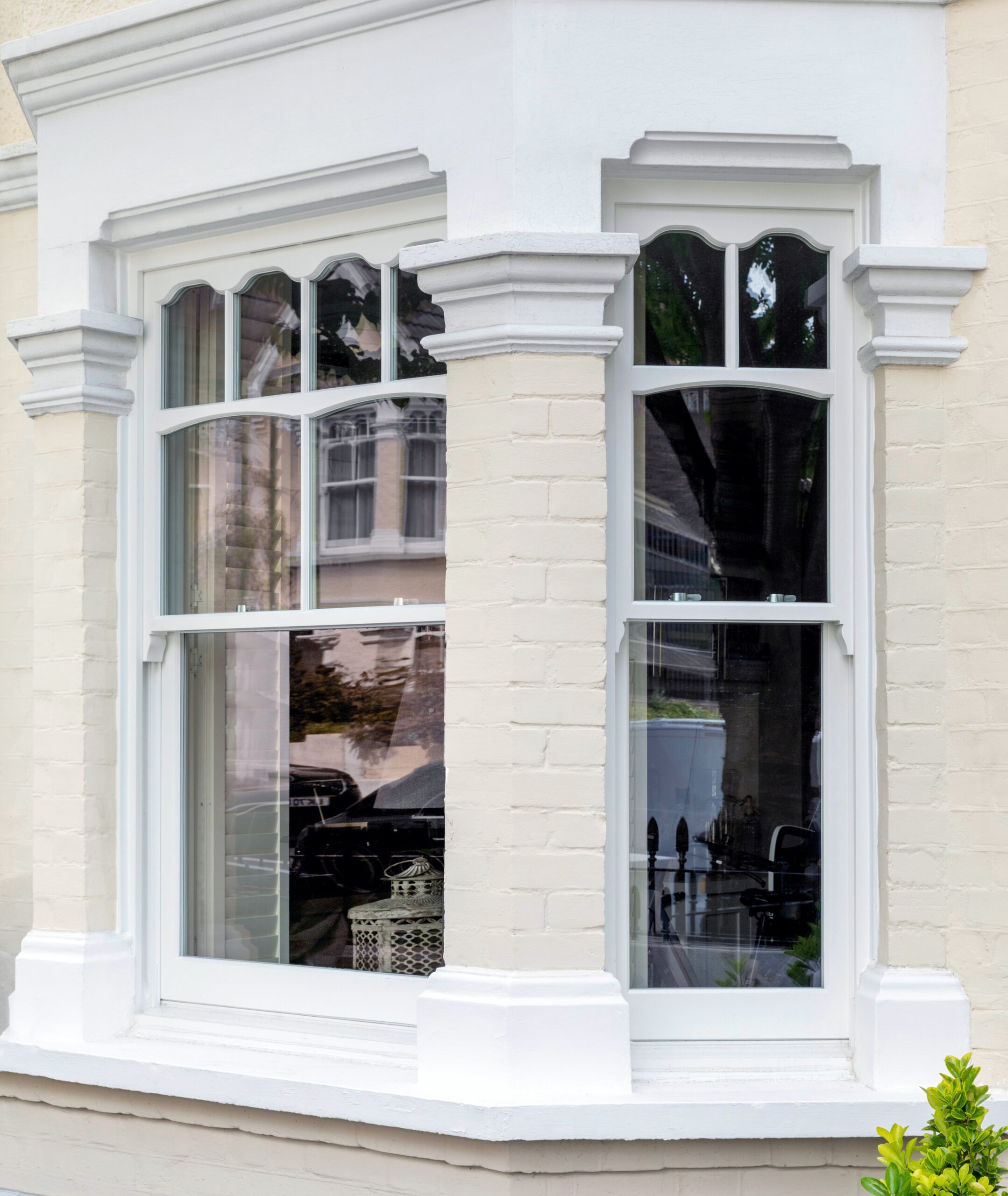Make A Statement With Your Bay Window Design


If you live in a Victorian home, chances are you have bay windows—a signature architectural feature that combines elegance and functionality. These beautiful, light-filled spaces offer endless design possibilities, from cosy seating nooks to stylish work spaces. Proper styling can make your bay window a valid focal point of your home.
Maximise Light & Functionality
Bay windows naturally flood interiors with light, making them perfect for multi-functional spaces. Consider integrating a built-in window seat, complete with hidden storage, or transforming the area into a compact home office with a custom desk that follows the curve of the window. For privacy without compromising light, tier-on-tier shutters or elegant sheer curtains can provide the perfect balance.
To ensure your sash windows operate efficiently and last for years, regular maintenance is essential. Here are some simple tips to keep your windows in top condition:
Timeless Features, Modern Enhancements
While traditional sash windows define a bay’s beauty, modern enhancements can elevate their performance. Double glazing improves energy efficiency without compromising aesthetics, while heritage-style uPVC offers the look of timber with minimal upkeep. Whether you’re restoring original windows or installing new ones, maintaining the classic proportions ensures your bay remains a striking architectural element.
Ready to Transform Your Bay Window?
At Sash Windows London, we specialise in crafting bespoke sash windows that complement your home’s heritage while delivering modern benefits. Contact us to explore how we can bring your bay window vision to life.




